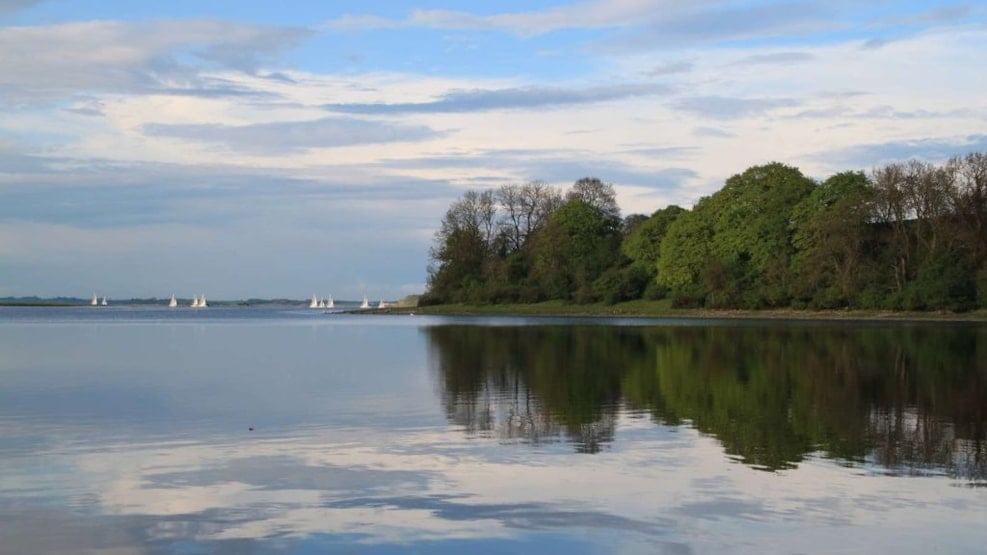
Roskilde Fjord
Roskilde Fjord is one of Denmark's most beautiful and exciting fjord landscapes. Roskilde Fjord forms a large part of Skjoldungernes Land National Park and is one of Denmark's most important breeding grounds for water birds. The narrow fjord extends 40 kilometres into the Sealand countryside. There are about 30 small islands and islets in the fjord, which harbour a rich and largely undisturbed flora and fauna.
In many places along Roskilde Fjord you can see traces of past activities. Along the coast of the fjord you can find kitchen dumps from the Stone Age. Here, 6000 years ago, hunters and fishermen sat and cooked with a view of the fjord. In their kitchen middens you can still see the shells from the mussels and oysters they ate, as well as animal bones and tools such as arrowheads and stone knives.
During the Viking Age and the early Middle Ages, trade was often conducted by sea, and Roskilde, situated in the centre of the kingdom, became one of the most important towns in Denmark, with the fjord as its link to the outside world.
At the end of the Viking Age, our ancestors had to close the entrance to Roskilde to enemy ships. Five Viking ships were sunk at Skuldelev, the remains and reconstructions of which can now be seen in the Viking Ship Museum in Roskilde.
When you sail on Roskilde Fjord today, you are following in the footsteps of Stone Age tribal boats, Viking longships and the great sailing ships of the Middle Ages.